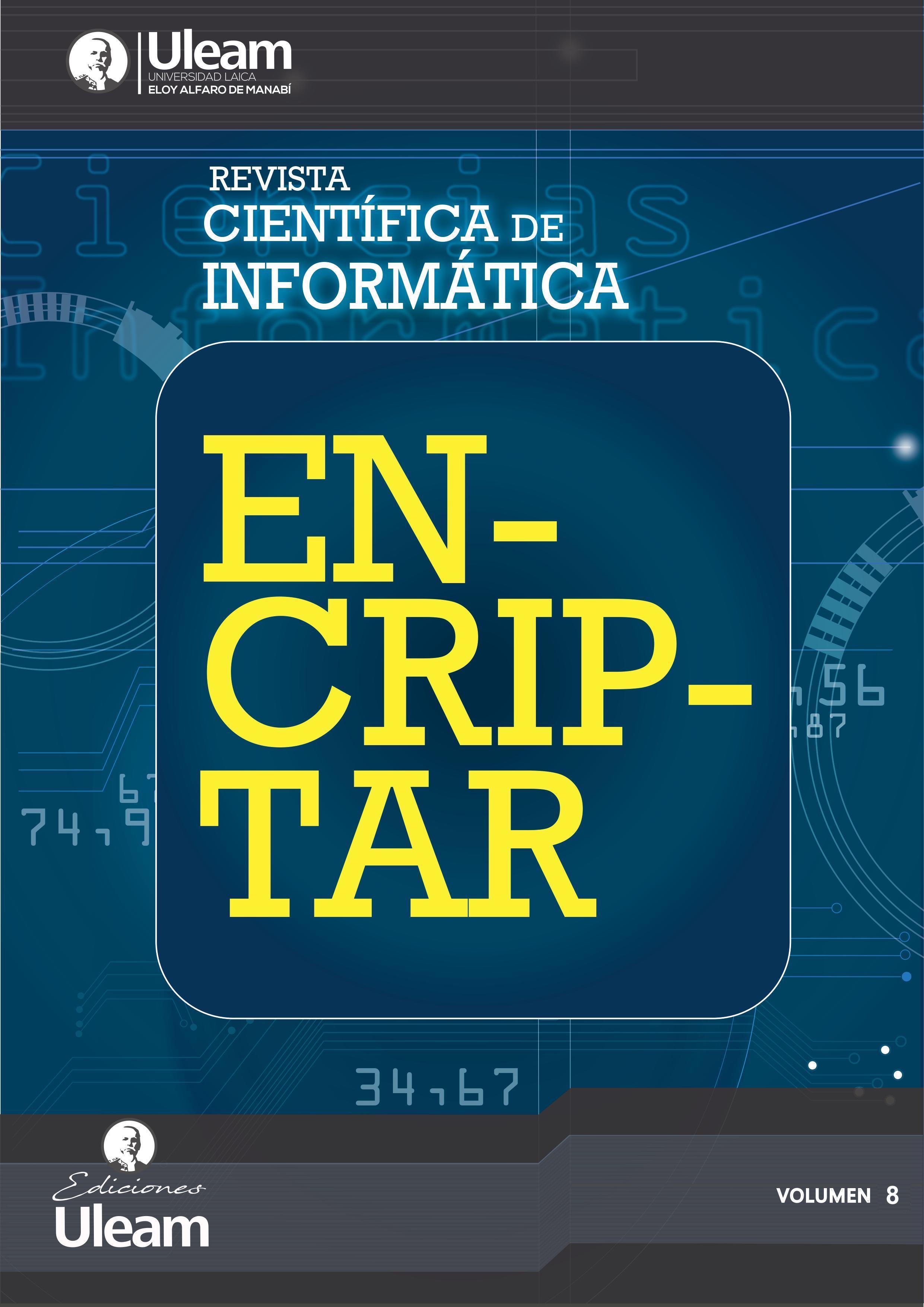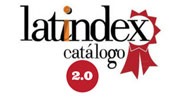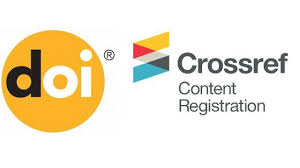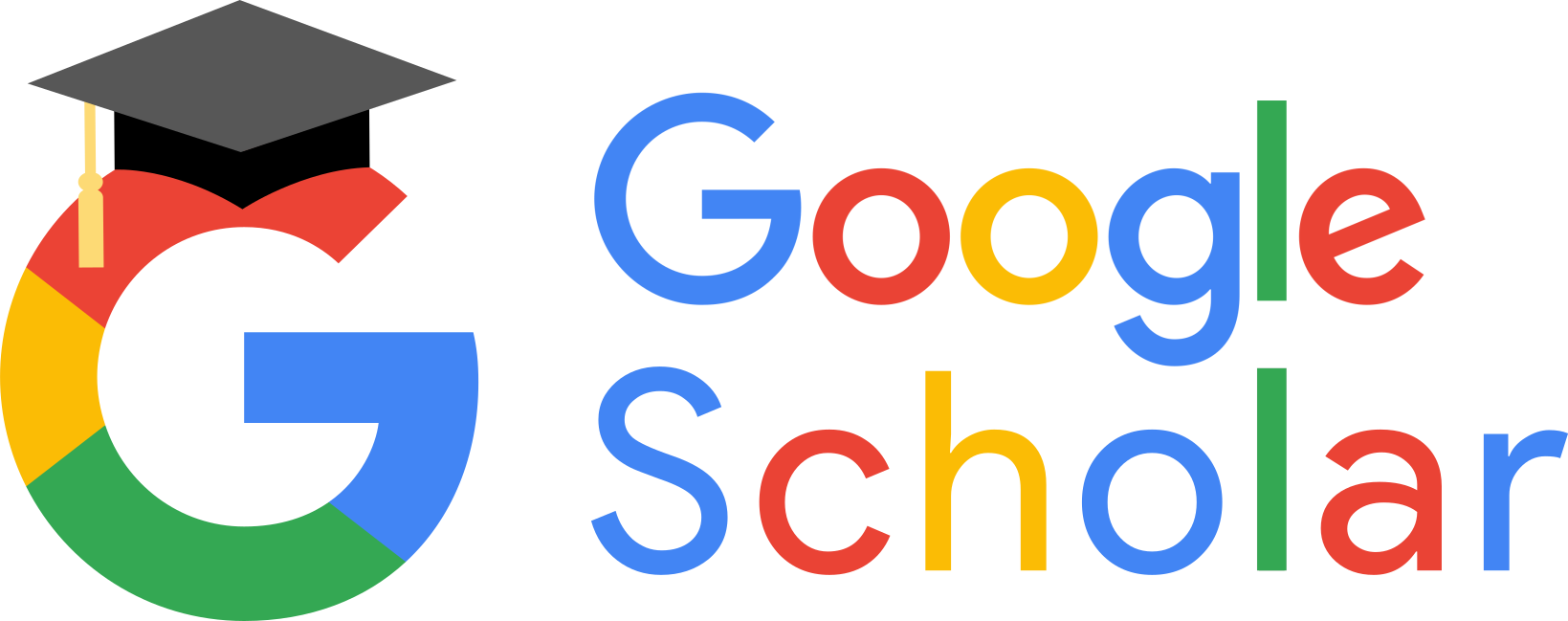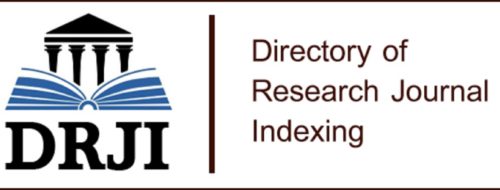PyGraphiX: Una Herramienta Web para Facilitar la Codificación y Creación de Interfaces Gráficas de Usuario Basadas en Python
DOI:
https://doi.org/10.56124/encriptar.v8i16.007Palabras clave:
interfaz gráfica de usuario, software de código abierto, lenguaje de programación, software de aplicación, PythonResumen
El desarrollo de aplicaciones gráficas basadas en Python presenta diversos desafíos, especialmente por la complejidad de su sintaxis y la falta de disponibilidad de herramientas intuitivas. Esto representa un obstáculo para programadores novatos y ralentiza el desarrollo de interfaces eficientes. En este contexto, surge la necesidad de desarrollar una herramienta web para crear interfaces gráficas de manera fácil, sin requerir conocimientos avanzados de programación. Con el fin de abordar esta problemática, el objetivo de esta investigación es desarrollar una herramienta web que facilite la codificación y creación de interfaces gráficas basadas en Python, denominada “PyGraphiX”. Para ello, se analizan los inconvenientes asociados al desarrollo gráfico utilizando la biblioteca estándar Tkinter de Python, ampliamente utilizada en proyectos educativos. Como solución, este estudio propone una herramienta basada en tecnologías web como HTML, CSS, y JavaScript, las cuales permiten construir interfaces dinámicas y flexibles. Luego, se describe un proceso de generación automática de código en tres etapas: análisis, desarrollo y pruebas funcionales. Adicionalmente, se presenta un método para convertir tamaños en píxeles, con el fin de optimizar la compatibilidad del diseño con el entorno Python. De esta manera, esta solución permite a los programadores obtener automáticamente scripts funcionales (basados en Python) a partir de la configuración personalizada de los elementos gráficos, lo que facilita la implementación en proyectos reales. En resumen, PyGraphiX permite diseñar interfaces de manera más intuitiva, superando las limitaciones de Tkinter. Finalmente, se presentan las conclusiones del estudio y se proponen futuras investigaciones.
Descargas
Citas
Antonova, V. M., Zakhir, B. M., & Kuznetsov, N. A. (2019). Modeling of Graphs with Different Types of Reachability in Python. Journal of Communications Technology and Electronics, 64(12), 1464–1472. https://doi.org/10.1134/S1064226919120015
Attardi, J. (2020). Introduction to CSS. Modern CSS, 1–289. https://doi.org/10.1007/978-1-4842-6294-8
Bronshteyn, I. E. (2013). Study of defects in a program code in python. Programming and Computer Software, 39(6), 279–284. https://doi.org/10.1134/S0361768813060017
Charatan, Q., & Kans, A. (2022). Python Case Study. In Programming in Two Semesters, Texts in Computer Science, (pp. 255–290). https://doi.org/10.1007/978-3-031-01326-3
Charatan, Q., Kans, A., & Javafx, F. (2019). Python Graphics with Tkinter. In Texts in Computer Science Java in Two Semesters (p. 719). Springer. https://doi.org/10.1007/978-3-031-01326-3
Dong Gao, B., Wang, X., Ou, D., & Gao, H. (2022). Research and Design of Virtual Driving Platform of Simulated Train Based on Python. Proceedings of the 5th International Conference on Electrical Engineering and Information Technologies for Rail Transportation (EITRT) 2021. EITRT 2021. Lecture Notes in Electrical Engineering, 1, 235–242. https://doi.org/10.1007/978-981-16-9909-2
Elumalai, A. (2021). Play with Letters and Words. In Introduction to Python for Kids: Learn Python the Fun Way by Completing Activities and Solving Puzzles (pp. 1–552). Apress. https://doi.org/10.1007/978-1-4842-6812-4
Freeman, A. (2022). Using Methods and Interfaces. In Pro Go (pp. 273–307). Apress. https://doi.org/doi.org/10.1007/978-1-4842-7355-5_11
Gladstone, A. (2022). C++ Software Interoperability for Windows Programmers. In Building a Python Extension Module (pp. 147–172). Apress. https://doi.org/10.1007/978-1-4842-7966-3_7
Katricheva, N., Yaskevich, A., Lisitsina, A., Zhordaniya, T., Kutuzov, A., & Kuzmenko, E. (2020). Vec2graph: A python library for visualizing word embeddings as graphs. In Communications in Computer and Information Science (Vol. 1086CCIS). Springer International Publishing. https://doi.org/10.1007/978-3-030-39575-9_20
Kawamura, K., & Yamamoto, A. (2021). HTML-LSTM: Information Extraction from HTML Tables in Web Pages Using Tree-Structured LSTM. In L. Soares, C., Torgo (Ed.), Lecture Notes in Computer Science: Vol. 12986 LNAI (pp. 29–43). Springer International Publishing. https://doi.org/10.1007/978-3-030-88942-5_3
Moruzzi, G. (2020). Tkinter Graphics. In Essential Python for the Physicist (pp. 1–302). Springer. https://doi.org/10.1007/978-3-030-45027-4
Sherathiya, V. N., Schaid, M. D., Seiler, J. L., Lopez, G. C., & Lerner, T. N. (2021). GuPPy, a Python toolbox for the analysis of fiber photometry data. Scientific Reports, 11(1), 1–9. https://doi.org/10.1038/s41598-021-03626-9
Thesing, T., Feldmann, C., & Burchardt, M. (2021). Agile versus Waterfall Project Management: Decision model for selecting the appropriate approach to a project. Procedia Computer Science, 181, 746–756. https://doi.org/10.1016/j.procs.2021.01.227
Willman, J. M. (2022). Creating GUIs with Qt Designer. In Beginning PyQt (pp. 217–258). Apress. https://doi.org/10.1007/978-1-4842-7999-1_8
Publicado
Cómo citar
Número
Sección
Licencia
Derechos de autor 2025 Revista Científica de Informática ENCRIPTAR - ISSN: 2737-6389.

Esta obra está bajo una licencia internacional Creative Commons Atribución-NoComercial-CompartirIgual 4.0.
